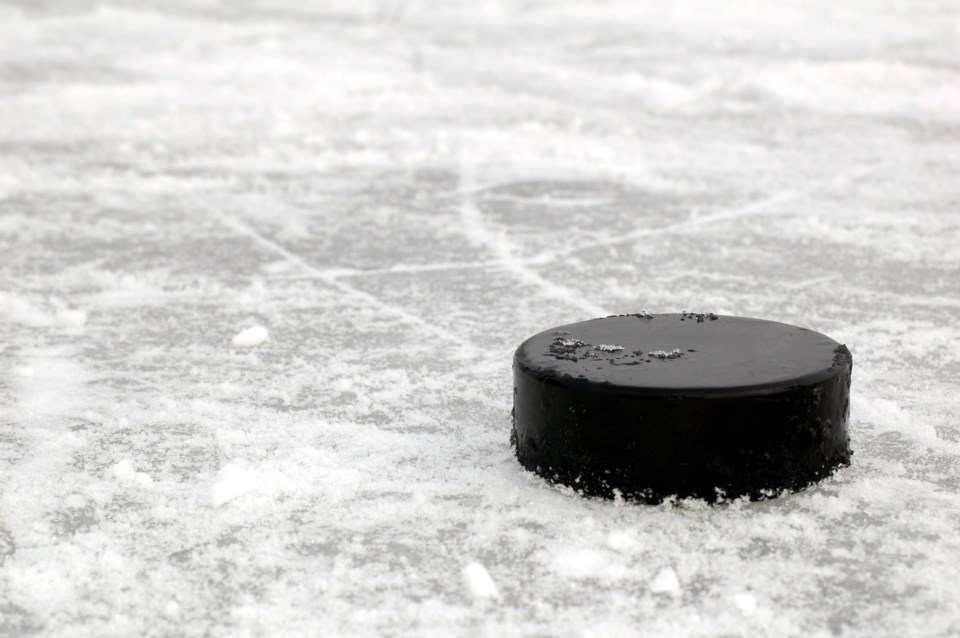As we look ahead to the 2020-21 junior hockey season, it has all come down to wondering ‘What if?’
At many levels of junior hockey, one of the big questions is what if fans aren’t allowed to attend games?
For the Ontario Hockey League, that question could play the biggest role in whether or not we see regular season action before the calendar rolls into 2021.
OHL commissioner David Branch has reiterated the fact that the OHL is a gate-driven league.
While speaking about the potential return early in the summer, Branch said “our business model is predicated on spectator support and it’s the number one revenue stream we have.”
“Without it, we would be hard-pressed to operate,” Branch added.
In early-August, Branch said in an interview that the league planned to set up the 2020-21 regular season schedule to reduce travel costs for teams when possible.
“Our schedule is going to be structured in such a way to make every effort to reduce travel and reduce costs, reduce hotel nights for safety purposes as well,” Branch said. “In doing that, it will break away from some of the things that we’ve been doing in past practices for developing a schedule.”
Soo Greyhounds general manager Kyle Raftis said as well at the time that teams will play games within their conference more than usual and the schedule could also see teams play within their division more than in past seasons as well.
“With us, it’s going to be a little bit different because, taking the uncertainty with the border and we’re cutting through Michigan for a majority of our division, there might be some extra games sprinkled in against some of the northern teams,” Raftis said. “I haven’t seen a final schedule, but that’s the assumption of how some things may shake out.”
It's hard to imagine that the OHL would begin the season without at least some fans in the stands at games.
Exactly what percentage the league would see as a viable option is anybody’s guess at this point.
The good news is, with 12 weeks until the planned start date of Dec. 4, there is still plenty of time to make decisions on what would work best.
What if the border between Canada and the United States remains closed into the new year?
It’s a question that affects not just the major junior level, but the Jr. A level as well.
For example, if you are the OHL, the issue becomes how do you start a season when three of your teams can’t cross between the two countries to play?
In some form, the possibility of having the Erie Otters, Flint Firebirds, and Saginaw Spirit play their “home” games and be based out of Canadian cities might be one option.
The logistics could be tough with that as far as what team staff would be permitted to be involved with that for each club? Is it limited to coaching/training staff? How many others are essential as part of that group?
At the Jr. A level, for a league like the Northern Ontario Junior Hockey League with one club based south of the border, what’s the best course of action?
Do American teams involved in Canadian Jr. A leagues play exhibition schedules in the meantime while the remainder of their league is playing meaningful games?
I don’t think there’s an easy answer to that.
The Canadian government set a precedent in the spring by not allowing the Toronto Blue Jays to play home games at Rogers Centre in Toronto.
Unless the numbers dramatically improve in some areas, it’s hard to see the government changing its stance for hockey season at this point.
And if the numbers don’t improve, it could be a moot point as the Canadian government won’t be in a rush to open the border.
One of the biggest questions of all is one that’s one the minds of a lot of people.
What if there’s a second wave at some point during the fall?
With leagues like the OHL and Western Hockey League planning to begin play in December, that helps in a way as it makes things easier to judge how serious the second wave might be and plan accordingly.
Some Jr. A leagues have announced plans to begin play in October and November, which could be tricky if a second wave hits as the weather cools down and the snow begins to fly.
The British Columbia Hockey League, which has a plan in place to return to play on Dec. 1, announced Friday an interesting plan should provincial regulations not allow for fans to attend games.
“In the case that the original request for 25 per cent capacity in arenas by the scheduled Dec. 1 start date is not approved by the PHO (Provincial Health Office), the league will move forward with a model of reduced games without fans and will rely on player fees along with sponsorship and government support to fund the season,” a statement released by the league Friday afternoon said.
The league schedule will also involve regional groupings of four teams each where those teams will play against each other and if a team is moving from one group to another, a 14-day quarantine period would be required.
If a second wave hits at some point in the fall, an idea similar to the BCHL’s plan might be something worth looking at for other Jr. A leagues to see if it’s feasible.
At the end of the day, it all just comes down to ‘What if?’



